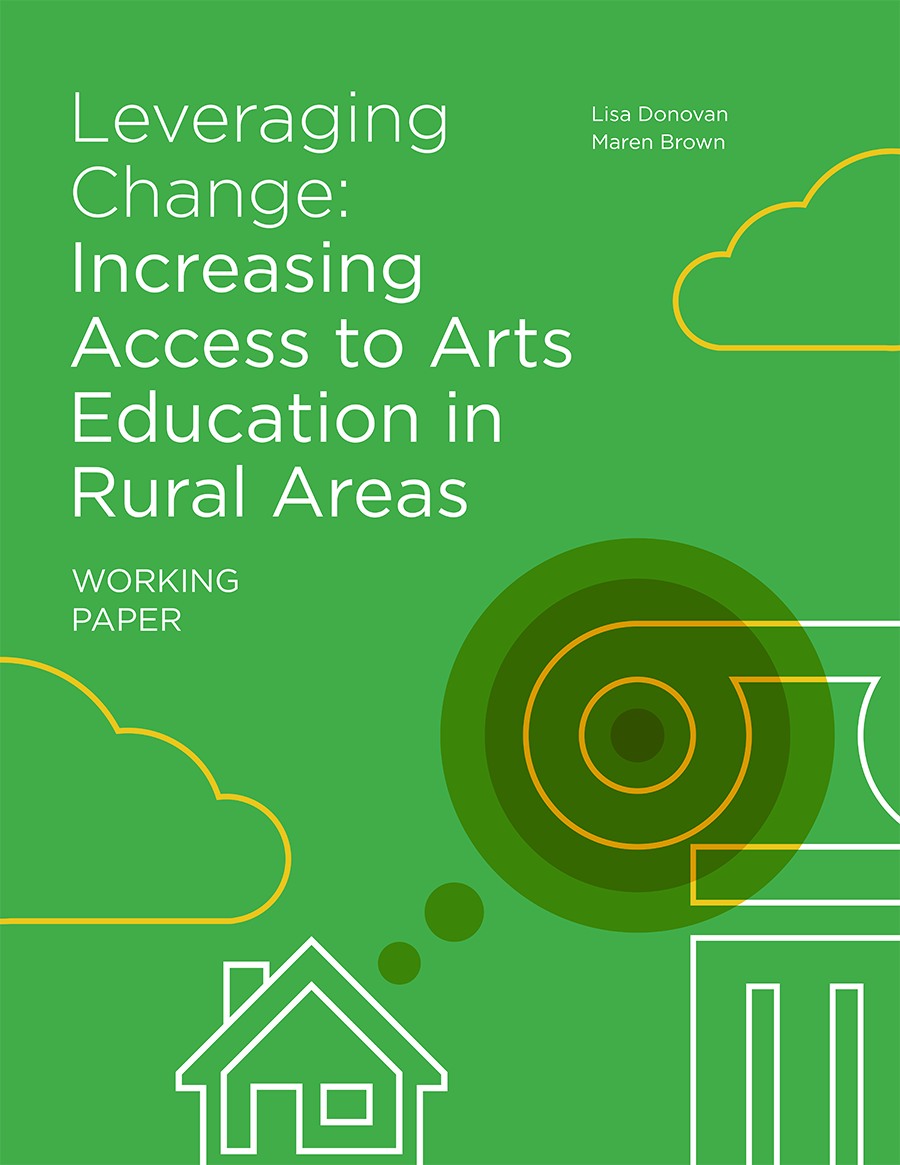Arts and Community Development
The arts and culture sector continues to have conversations on multiple levels about how to advance the causes of equity, inclusion, and diversity. The discussion is not new, but the momentum toward implementing clear action steps is building. A new level of understanding of the ways in which racial and social inequities are the result of complex systemic issues has given rise to a realization that the path to truly effective solutions will require deep, and deeply challenging, institutional change.
Read More...As arts funders, we know that extensive research has shown that the presence of arts and culture activities at the neighborhood level can improve health and safety and promote a sense of well-being among residents. But how do we identify what activities already exist in a community and, as important, where there are gaps so we can be proactive in advancing a community’s livability?
Read More...During the past two decades, cultural planning practice in the United States has fallen behind that in parts of the world where cultural plans are required in city general plans, broader definitions of culture have been adopted, more domains of city planning have been integrated, and theoretical debate has progressed further. In the United States there is neither a field of cultural planning nor of cultural planners.
Read More...“Is the stadium we passed going up or coming down?” asked Kristen Calhoun, ArtChangeUS founding program director. Suddenly the previously strained community meeting we were attending came alive. Kristen and I were in Detroit in July 2016 to plan ArtChangeUS REMAP: Detroit, and we had repeatedly driven by the mass of steel girders, not knowing if it represented Detroit’s past or future. Artist and activist Invincible ill Weaver had organized a series of gatherings for us to meet with grassroots cultural change makers.
Read More...From the author:
This essay was in my head for a couple of years, especially after I was reunited with several childhood friends in an alumni group on Facebook. I started writing this piece off and on when, in early 2014, writer/editor Anna Clark asked if I would contribute a piece to an anthology that she was pulling together.
If there is in society a collective consciousness, then art is its imagination. Imagination is different from fantasy, which conjures up desires divorced from reality; imagination is creative problem solving that assesses what is available and re-creates it into something new, better, or self-satisfying. Detroit has been short on many things over the past fifty years — economic prosperity, functioning city services, racial justice, validation — but it is astonishingly long on imagination and creative problem solving.
Read More...As our country prepares for a Trump presidency, the issue of economic revitalization in rural American has much more urgency than eight months ago when I started collecting data for this work. Here is a sampling of headlines from coverage by the New York Times of the economic decline in the rust belt, or more specifically, coal country and Appalachian towns: “Trump’s Promises Will Be Hard to Keep, but Coal Country Has Faith” (Nov. 28, 2016); “A Bleak Outlook for Trump’s Promises to Coal Miners” (Nov.
Read More...What can you do when times are uncertain, and yet a clear opportunity to advance a collective agenda presents itself? Take action.
Read More...In 2015, Americans for the Arts partnered with the National Endowment for the Arts to conduct the Local Arts Agency Census, the most comprehensive survey of the local arts agency field ever conducted. Its purpose was to illuminate the ever-adapting role these organizations play in ensuring the arts have a vital presence in every community.

